A Bit of Sole Searching
Gardening shoes are a necessity for anyone who is passionate about gardening. Old sneakers may work for some activities, but for gardeners who will be spending a lot of time in the garden, you’ll want to offer them shoes that are made for the job.
“Running shoes won’t address many of the qualities of a good gardening shoe,” says Noelle Smith, public relations manager for Smith & Hawken in Novato, Calif. Smith says some characteristics of a good gardening shoe include comfort and support, the ability to keep feet dry and wick away moisture and treads that release dirt easily for a solid grip.
As a retailer, you’ll want to help your individual customers find their perfect fit. Read on about the basics and latest trends in gardening shoes.
Crocs
Originally designed as boating shoes, beach Crocs have been gaining popularity as gardening shoes in recent years. Crocs are made of a proprietary closed-cell resin called Croslite, which warms and softens with body heat and molds to the foot of its user.
“Crocs are our most popular shoe,” says Jodi Woosley, buyer for Suburban Lawn & Garden in Overland Park, Kan. “They just let your feet breathe a lot better than most other footwear, and they’re softer on your foot.”
Pros: The colorful, ultra-lightweight shoes mold to one’s feet, resulting in ultimate comfort. Croslite is antimicrobial and odor resistant, and the shoes wash off easily under a hose.
Cons: Soil can seep into the ventilation holes on top and around the sides, leaving feet dirty after a day of gardening.
Suggested retail: Crocs usually sell for $29.99 and come in colors ranging from peppy peacock blue and fluorescent fuchsia to more subdued hues like khaki and navy.
Garden clogs
Gardening clogs are generally made out of two materials: an injection-molded foam or rubber. Easily slipped on and off, clogs are waterproof and sturdy, which will help prevent injury from thorns, branches and gardening tools.
Injection-molded foam. Anywear Shoes Garden Clogs, made of biodegradable polyurethane, are designed to soften the shock normally imposed while walking or standing in place for long periods of time. The non-skid sole design on this washable clog also gives a slight massaging sensation.
Pros: The memory-retaining foam foot bed is soft, and the patented side-ventilation system promotes airflow.
Cons: Customers with high insteps may not be able to wear the Anywears with their cushiony insoles.
Suggested retail: $48 for women’s clogs, which come in multiple colors, and $51 for men’s clogs, which come in only three colors.
Rubber. Ladybug Clogs by Norcross Safety Products are made with waterproof, hand-laid rubber, which is flexible and protects feet from dampness, mud and fertilizers in the yard or garden.
“Rubber has a special feel,” says Arlen Stensrud, vice president of marketing for Norcross Safety Products. “I think it’s the suppleness of rubber that people really enjoy. Plus, rubber products are long lasting and slip resistant.”
Pros: The outsides rinse off easily, and the insoles can be removed and put in the wash. Insole replacements are available for purchase.
Cons: With no ventilation holes, the Ladybug clogs may make feet too hot. And, Woosley says, Ladybug clogs don’t fit people with wide feet.
Suggested retail: The Ladybug Clogs’ suggested retail price is $18.99, and they come in bright colors and fun patterns, which are big sellers, according to Stensrud.
“Why not have some fun with your garden clogs?” says Stensrud. “There’s definitely an audience out there that likes whimsical.”
Garden shoes
Gardening shoes cover the entire foot, effectively preventing injuries and water from seeping in. For example, Jollys Garden Shoes feature a shell made of eco-friendly, 100 percent CFC-free polyurethane. This shell is light and flexible, yet highly abrasion resistant and intended for hard wear. Jollys’ insoles are made of natural cork, and are covered with a cotton layer, which helps it breathe. With each step, as the foot flexes on the insole, the foot muscles are massaged and strengthened.
Pros: Like garden clogs, the insoles are removable for easy cleaning.
Cons: With no ventilation holes, these shoes may make feet too hot.
Suggested retail: Jollys usually sell between $39 and $45 dollars, in four solid colors: red, green, black and brown, and are virtually indestructible.
Boots
Boots are sturdier and offer greater protection from branches and sharp piercing objects. Gardening boots that extend beyond the ankles have the added advantage of protecting legs while working around large bushes or piles of dead branches. Boots may also double as a rain boot, especially if rainy walks take your customers into deep levels of mud and water.
Hunter brand Wellington boots, for example, feature a latex coating and polyester fleece layer of thermal protection, which means they’re constructed to withstand the rigors of garden work in all types of conditions. Wellingtons have been handmade in Scotland since 1856 and were originally designed for walking through Scotland’s rugged terrain.
Pros: Because they’ve been around for so long, Wellies have earned a reputation for performance, durability and outstanding comfort.
Cons: Boots require a bit more work getting on and off.
Suggested retail: Wellies sell for more than $100 and come in a variety of bright, cheery colors.



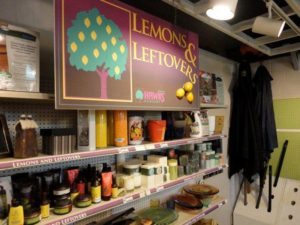
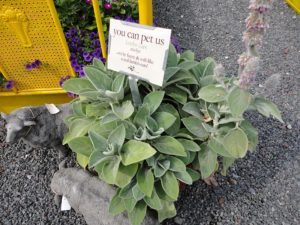
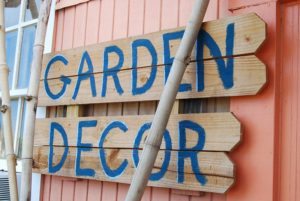
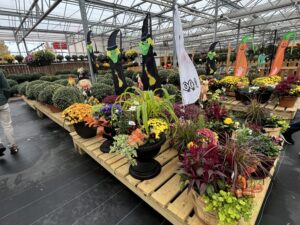
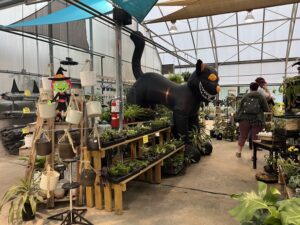
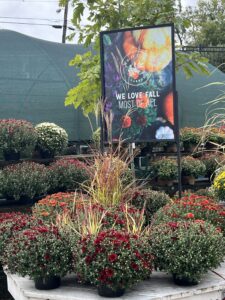
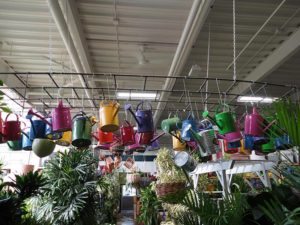
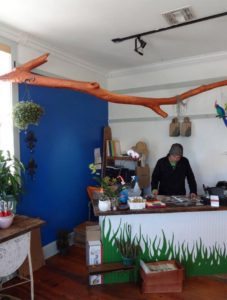
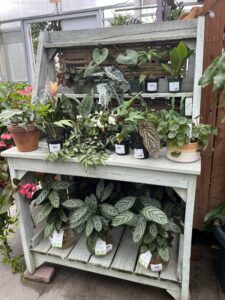
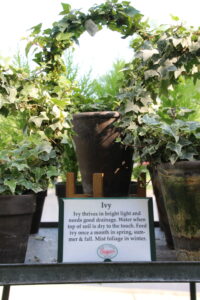
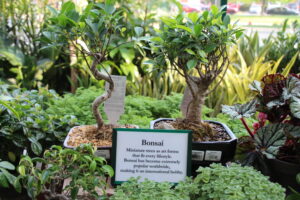
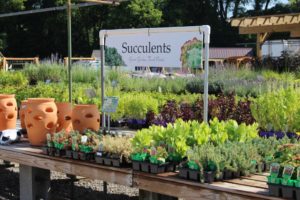
 Videos
Videos





